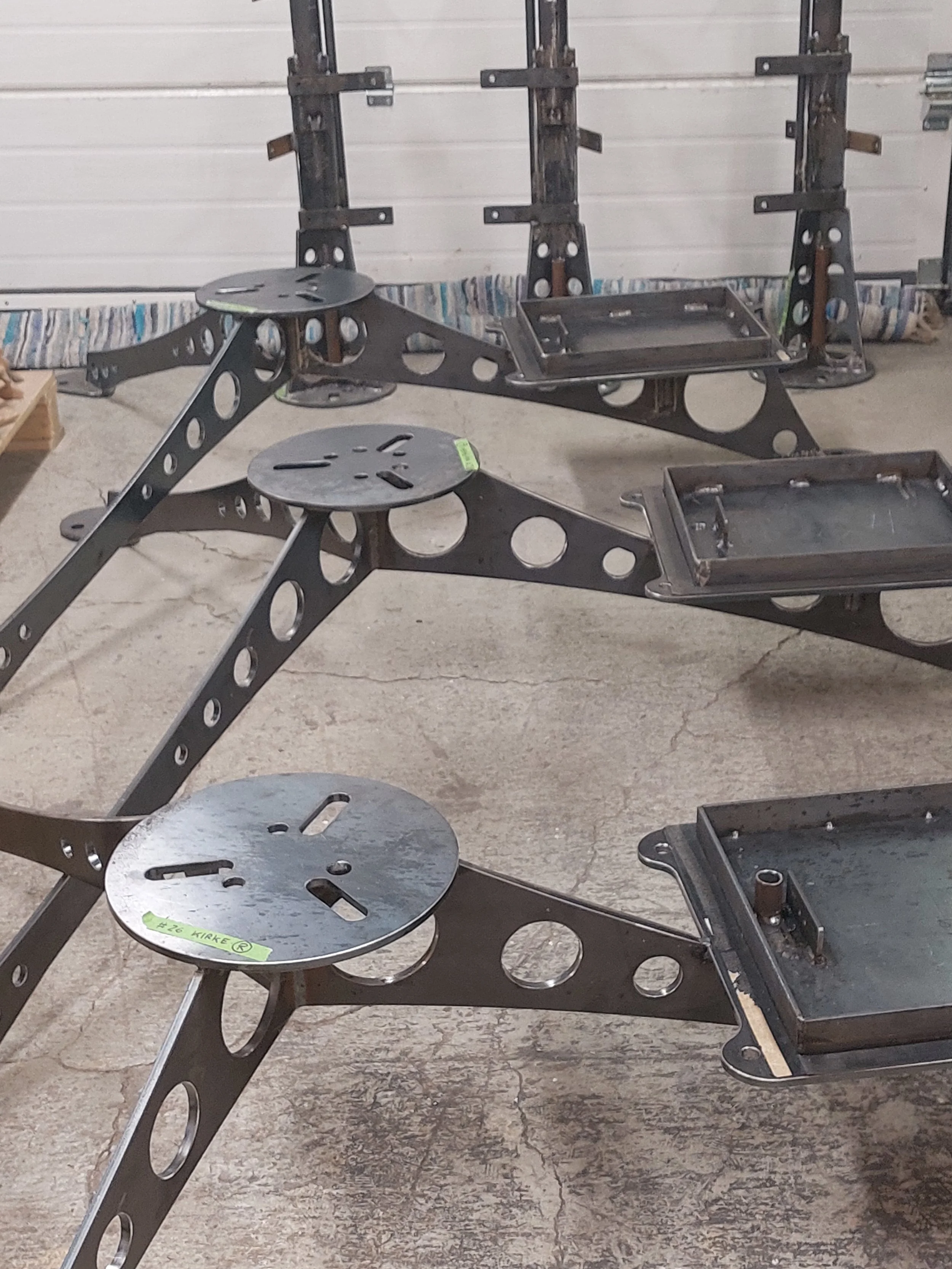
PermaMeteoCommunity Environmental Monitoring
Client: UNIS (University Centre in Svalbard)
Researcher: Marius Jonassen
Kolibri Geo Services was approached by meteorologist and associate professor Marius Jonassen from UNIS to support the PermaMeteoCommunity project—an initiative focused on monitoring environmental conditions near Longyearbyen and understanding their long-term impact on infrastructure, cultural heritage, and everyday life in the High Arctic.
The project aimed to install permanent monitoring stations close to the town, in areas where remnants of Svalbard’s mining history and cultural landmarks remain visible. This required a unique design approach: the instruments had to deliver precise environmental data while blending visually into the landscape—without disrupting the heritage character of the site.
Kolibri proposed and built a series of custom steel towers designed to weather naturally over time. The uncoated steel structures were chosen not just for their strength, but for their ability to develop a brown patina as they corrode—visually matching surrounding mining infrastructure while maintaining full structural integrity.
To protect batteries and instruments mounted near ground level, Kolibri constructed enclosures using untreated oak panels mounted onto steel frames. These natural materials provided both durability and a neutral visual footprint that met the project’s sensitivity requirements.
In addition to the above-ground systems, Kolibri was contracted to carry out subsurface drilling to inform the design and placement of the stations. We drilled fifteen boreholes ranging from 5 to 35 metres in depth to locate bedrock and assess ground composition. In some cases, core samples were recovered to identify soil types and evaluate stability and moisture conditions.
We also designed and installed a monitoring system to track ground moisture regime over time—supporting a broader dataset aimed at understanding how climate-driven permafrost change could affect buildings, roads, and buried infrastructure.
This project is a strong example of Kolibri’s ability to combine scientific precision with thoughtful, site-specific design—creating monitoring solutions that serve both science and place.
“Kolibri brought technical creativity, sensitivity to local context, and hands-on capability to every part of the project—from boreholes to design and build.”
- Marius Jonassen, UNIS







